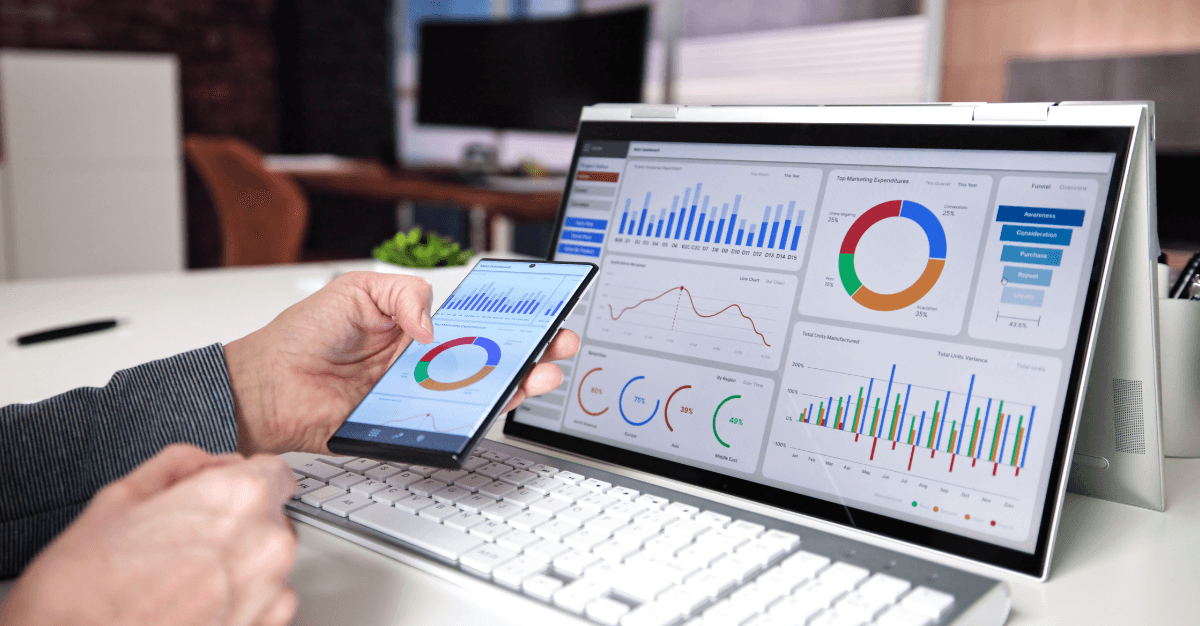Dashboard Design Best Practices for Digital Agencies
Essential principles for creating effective client dashboards that drive results
Gideon Banks
••3 min readMarketing Analytics Expert

Dashboard Design Best Practices for Digital Agencies
Creating effective client dashboards is both an art and a science. The best dashboards don't just display data – they tell a story, guide decisions, and build trust between agencies and their clients.
The Foundation: Understanding Your Audience
Before designing any dashboard, ask yourself:
- What are your client's primary business objectives?
- What level of detail do they need?
- How often will they view the dashboard?
- What actions should they take based on the data?
Core Design Principles
1. Hierarchy Matters
Structure your dashboard with clear visual hierarchy:
- Most important metrics at the top
- Supporting details below
- Use size, color, and positioning to guide attention
2. Context is King
Raw numbers mean nothing without context:
- Always include comparison periods
- Show targets vs. actual performance
- Provide industry benchmarks when relevant
3. Progressive Disclosure
Don't overwhelm with everything at once:
- Start with high-level KPIs
- Allow drilling down for details
- Use expandable sections for additional metrics
Essential Elements
Executive Summary Section
Every dashboard should start with:
- Overall performance score
- Key achievements this period
- Areas needing attention
- Next period outlook
Performance Metrics
Focus on metrics that matter:
- Traffic and engagement
- Conversion rates
- ROI and ROAS
- Lead quality scores
Visual Storytelling
Use charts and graphs effectively:
- Trend lines for time-based data
- Bar charts for comparisons
- Pie charts for composition (sparingly)
- Heat maps for complex relationships
Common Mistakes to Avoid
1. Metric Overload
More data doesn't equal better insights. Focus on the metrics that drive decisions.
2. Inconsistent Formatting
Maintain consistent:
- Date ranges
- Currency formatting
- Color schemes
- Terminology
3. Static Thinking
Dashboards should evolve with:
- Client needs
- Business objectives
- Market conditions
- Available data
Advanced Features
Interactive Elements
Consider adding:
- Date range selectors
- Filter options
- Drill-down capabilities
- Export functionality
Automated Insights
Leverage AI to provide:
- Anomaly detection
- Trend predictions
- Optimization recommendations
- Performance alerts
Client Communication
Regular Reviews
Schedule monthly dashboard reviews to:
- Explain key findings
- Discuss optimization opportunities
- Align on future objectives
- Gather feedback for improvements
Documentation
Provide clear documentation:
- Metric definitions
- Data sources
- Calculation methods
- Update schedules
Measuring Success
Track dashboard effectiveness through:
- Client engagement metrics
- Decision-making speed
- Client satisfaction scores
- Business outcome improvements
The Modalboard Advantage
At Modalboard, we've built these best practices into our platform:
- Pre-configured templates for different industries
- Automated insight generation
- White-label customization options
- Real-time collaboration features
Conclusion
Great dashboards are more than just pretty charts – they're strategic tools that drive business growth. By following these best practices and leveraging the right technology, agencies can create dashboards that not only inform but inspire action.
Ready to create dashboards that wow your clients? Explore Modalboard's dashboard solutions.
Gideon Banks
•Marketing Analytics Expert
